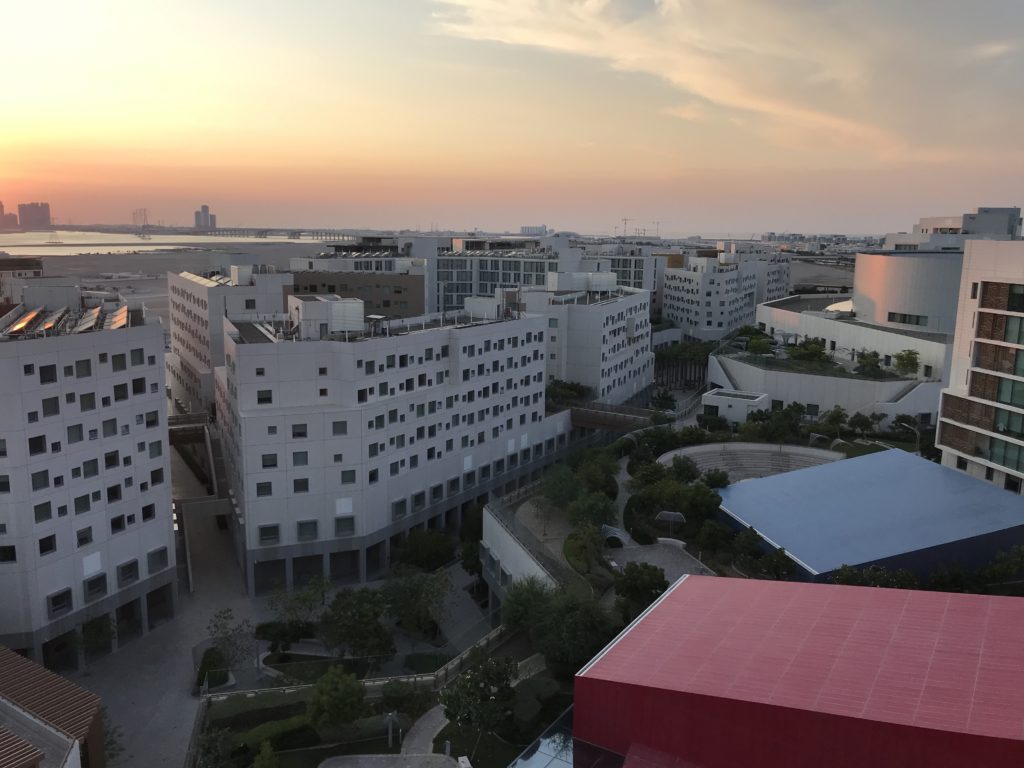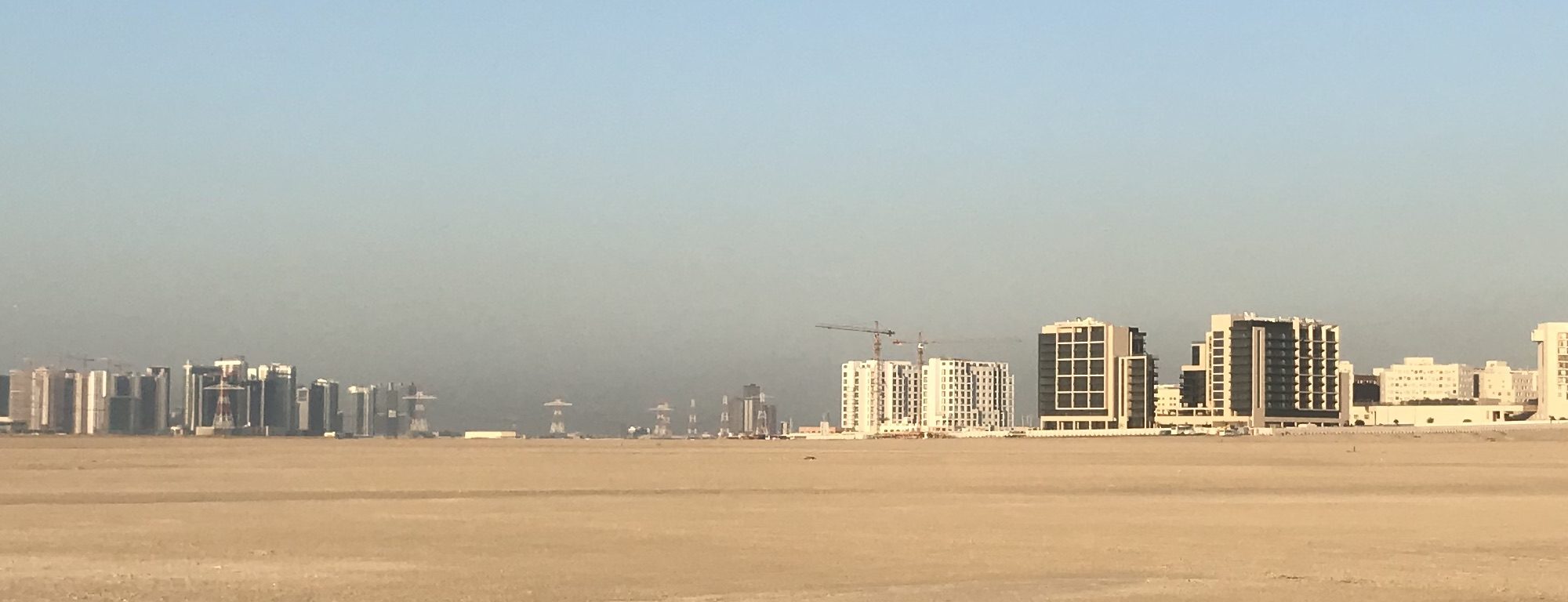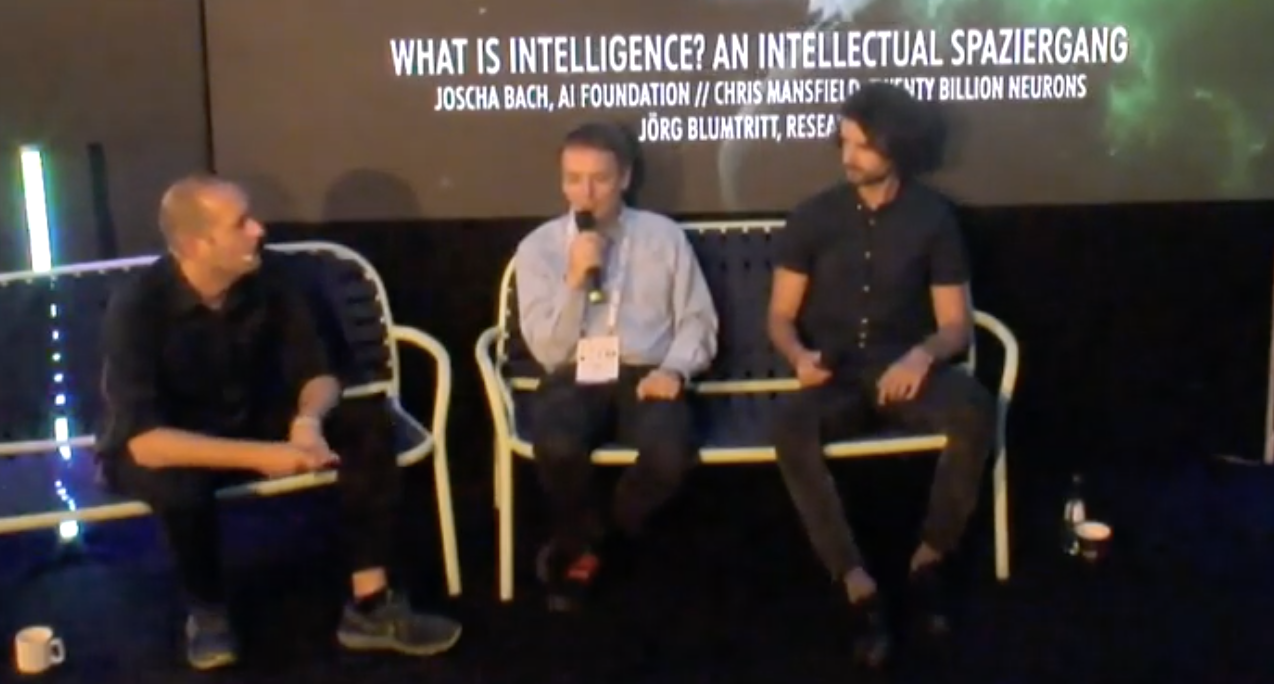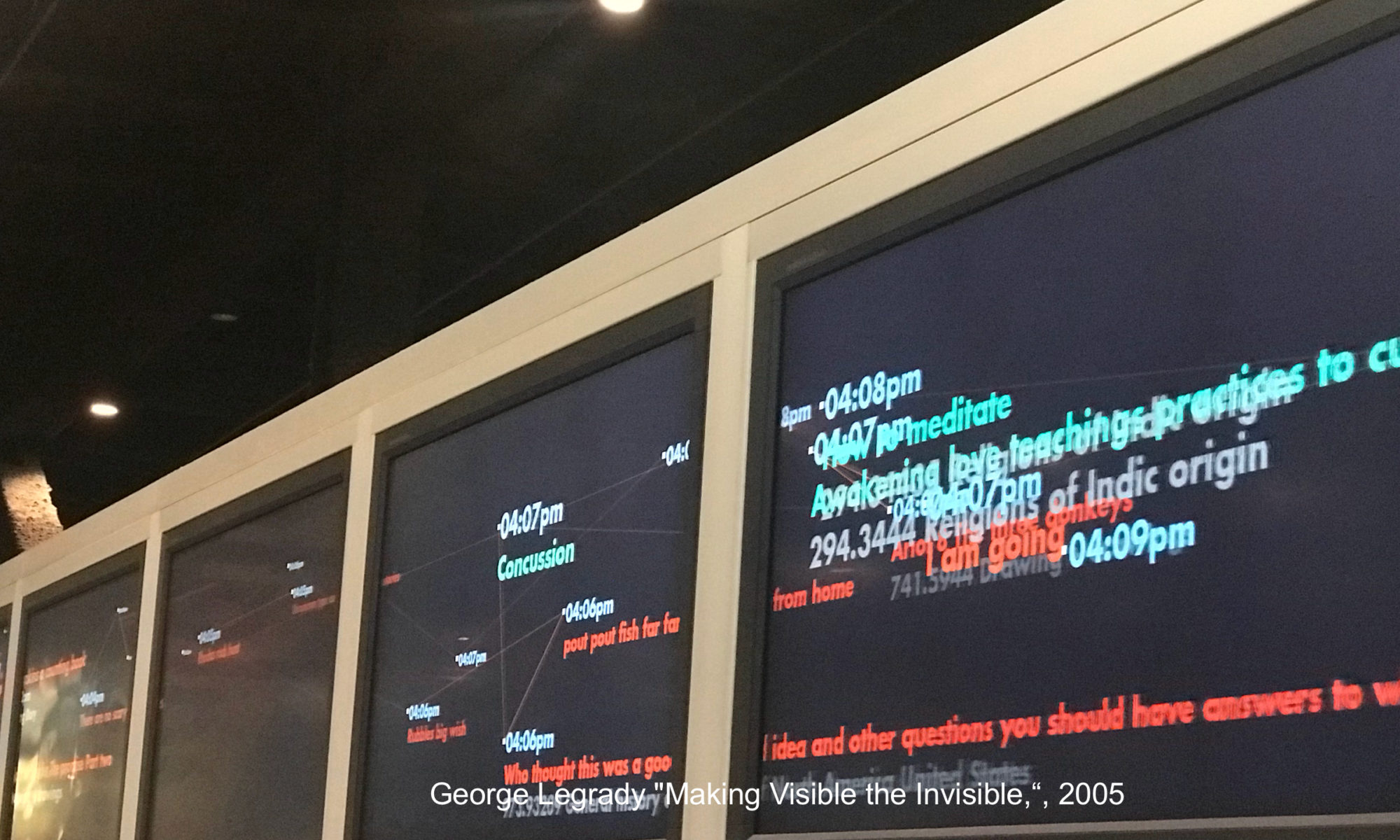Joerg Blumtritt is an entrepreneur, researcher, and Director of the Wheaton Institute for the Interdisciplinary Humanities (WIIH) at Wheaton College, Norton, Mass. He teaches digital media at Wheaton College, at NYU New York and in Abu Dhabi. Joerg co-founded data science and research&development companies in Munich, Gdansk, London, and New York. He consults businesses and public institutions in technology driven transformation. As political activist and researcher he works on projects pertaining to the future of media, publishing, and democratic participation. Joerg is co-author of the Slow Media Manifesto which has been translated into 25 languages and is topic of numerous lectures and PHD theses.
AI Humanities: Reclaiming Artificial Intelligence
As Director of the Wheaton Institute for the Interdisciplinary Humanities (WIIH), I curate a programme to look at artificial intelligence from the perspective of the humanities. I want to revisit and reclaim AI as an endeavour of the humanities, deeply philosophical, artistic and creative, a project for the liberal arts.
- How can we understand artificial intelligence as part of the liberal arts, and of the humanities in particular, and not just as another piece of technology?
- How does AI affect the humanities and how should AI be shaped by the humanities?
- What philosophy comes implicit or even explicit in AI? What philosophy can potentially be modelled with AI?
- How can higher education, liberal arts education in particular, make use of AI? What are risks?
- How does AI touch the life and experience of the students already now, and in the foreseeable future?
Reach out to me if you have suggestions or comments or ideas to participate:
An Oral History of the Internet
A series of video conversations.
The word Cyberpunk was coined in 1980 by Bruce Bethke, cyberspace came 1982 by William Gibson. 40 years later we think it is time to talk about how it felt when it all started: The promise of an utopian new age that would come through digital culture and the internet.
And now that we are living in that cyberspace with billions of people connected, what is left of it? What is there beyond our disillusionment, the culture of vanity and harassment, surveillance capitalism, cultural dominance, and precarious labour?
We want to work on something like an ‘Oral history of the Internet’. So we invited pioneers, artists, leading voices to tell us their story of the Net.
We talked with Douglas Rushkoff, Ruth Catlow, Bruce Sterling & Jasmina Tešanović, Ricardo Dominguez, Geert Lovink, Mendi & Keith Obadike, Jane Metcalfe, JR Carpenter, and more to come.
This program is initiated and hosted by Heather Dewey-Hagborg and myself, and sponsored by The NYUAD Art Gallery and the NYUAD Institute:
https://www.nyuad-artgallery.org/en_US/resources/watch/an-oral-history-of-the-internet/
The conversations are currently transcribed, edited, and will be published as a book scheduled to come out 2025. Once the book is ready, the video recordings will be available, too. If you are interested in review copies or have specific questions, please send your inquiries to internethistory [at] f3c [dot] me.
NYU Abu Dhabi
Starting fall 2019 I work full time at New York University Abu Dhabi as creative technologist and professor for interactive media.
You find an overview of my academic teaching and links to the syllabi here: https://github.com/jbenno/teaching

What is Intelligence? An intellectual Spaziergang with Joscha Bach, Chris Mansfield, and Joerg Blumtritt.
Talk at 1E9 Conference Munich, July 9th 2019.
The U.N.’s Powerful New Way to Aid Refugees
Breaker Magazine has a very detailled story about our refugee blockchain project we did for the United Nations:
”The U.N.’s Powerful New Way to Aid Refugees” by Corin Faife.
Data Art: Beyond Infographics
When it comes to data visualizations, we usually think of infographics. But besides data as storytelling, journalism, and dashboards, data has grown into a medium for expression for a large spectrum of creative output.
Contemporary artists are still struggling to find the language for a new contemporary output and practice in the post-Internet genre. Artistic expression within the digital arts has brought forward critical examination of technology and its impact on society, such as surveillance and self-determination, and has often collaged quotations of all aspects of media and consumerism, questioning art market concepts like authorship and intellectual property rights, in mediums ranging from video, software, and websites to hardware, kinetic machines, and robotics. Parametric or generative art is being created from algorithms without direct human intervention.
Come to my session at tdwi Conference Munich, Wednesday June 27th, 0900h.
Blockchain – Applications for the Automotive Industry
– Supplychain, Audit Trail, and Digital Twin
– E-Mobility
– Paymentsystems for Autonomous Cars
Presentation at VDA, Verband der Automobilindustrie Deutschlands
Blockchain in Industry Applications and Robotics
Süddeutsche Zeitung, SZ-Scala, Innvoation Journey 2018 at Automatica.










